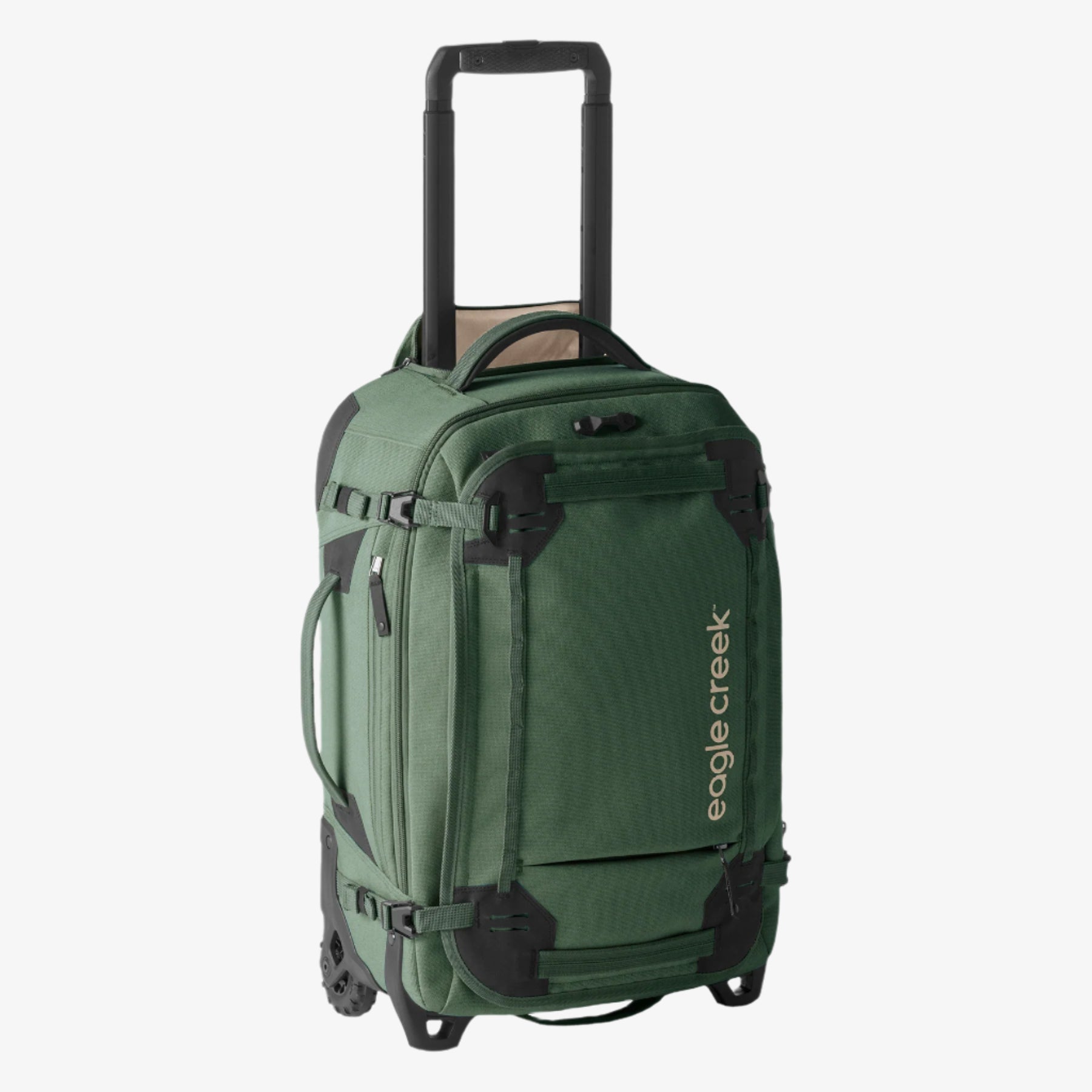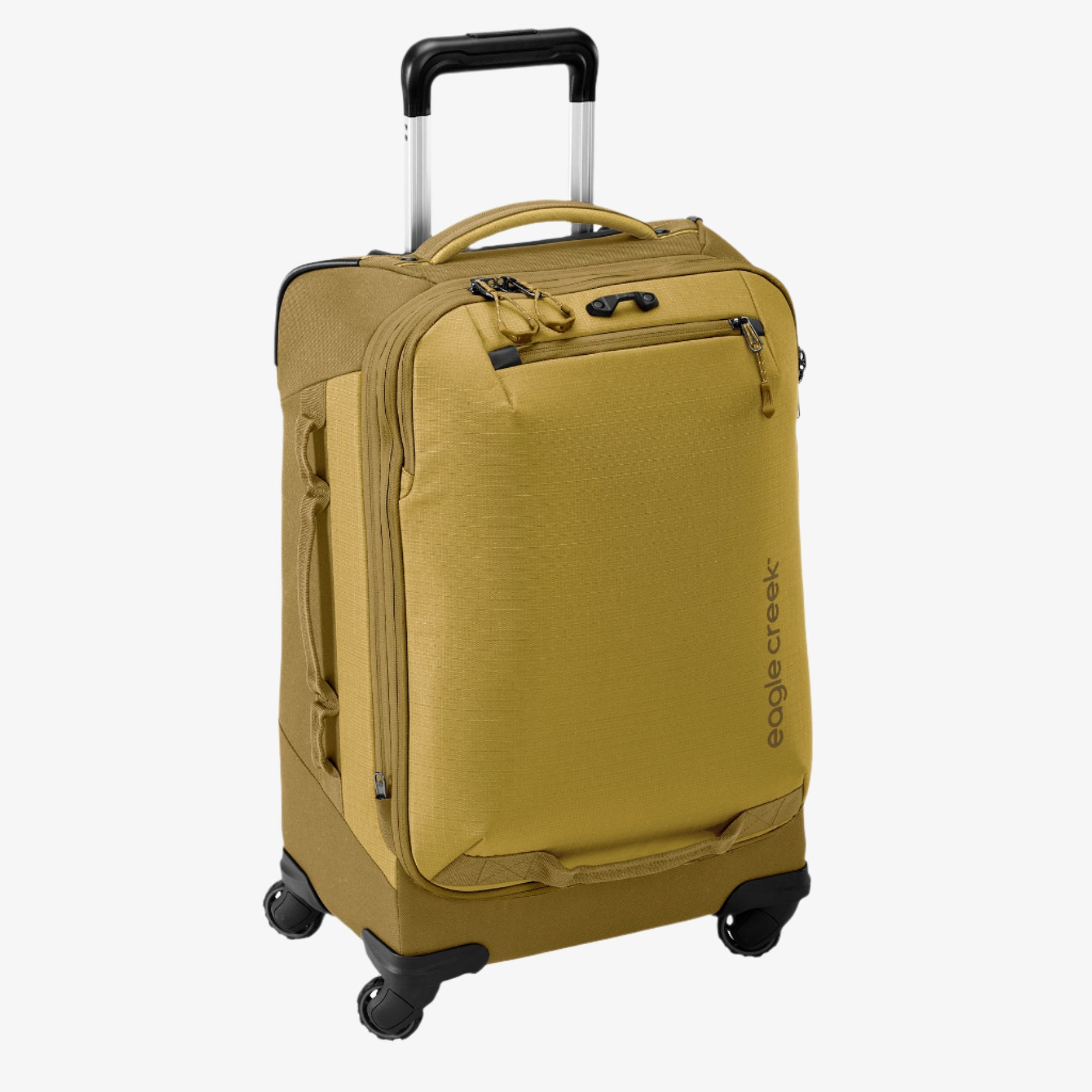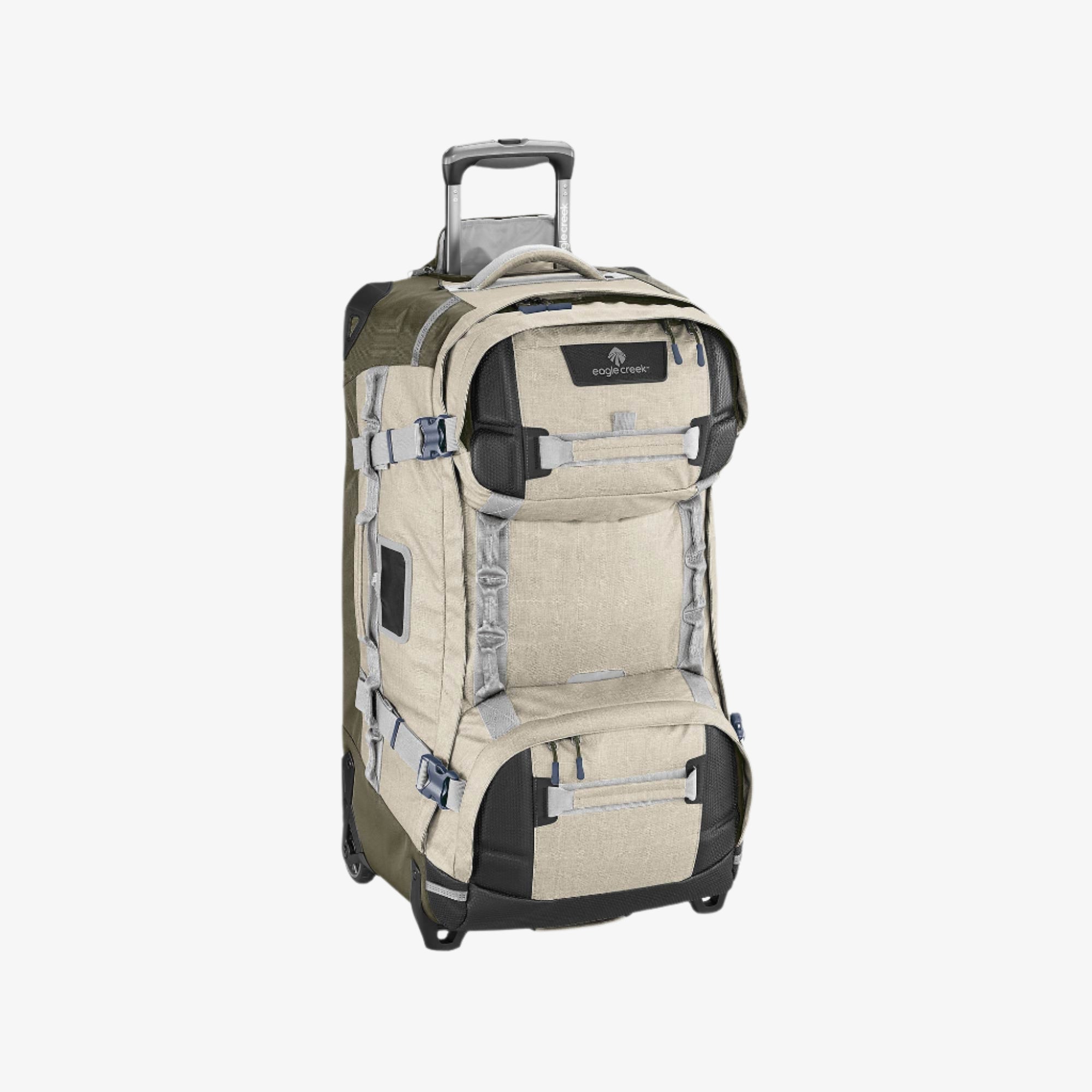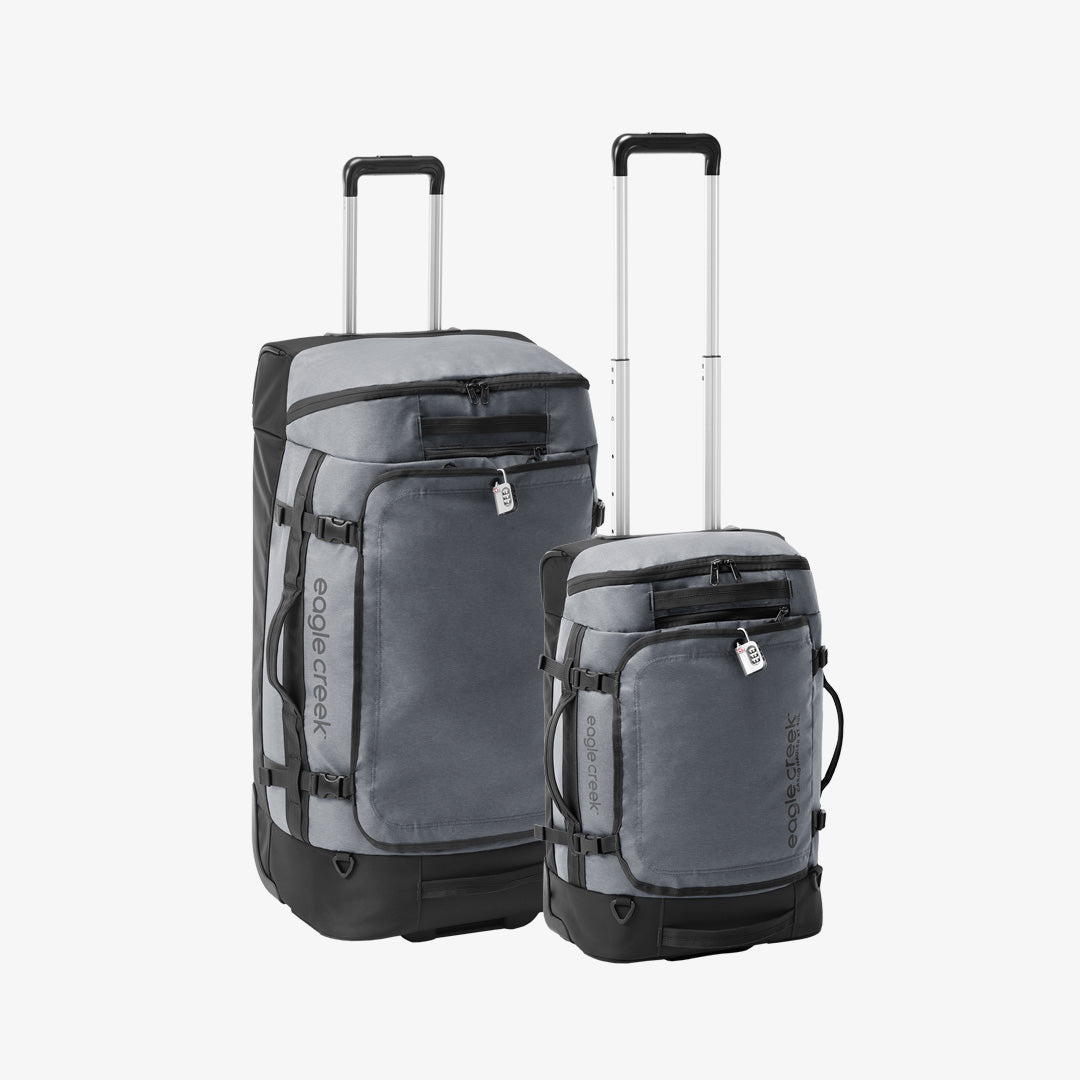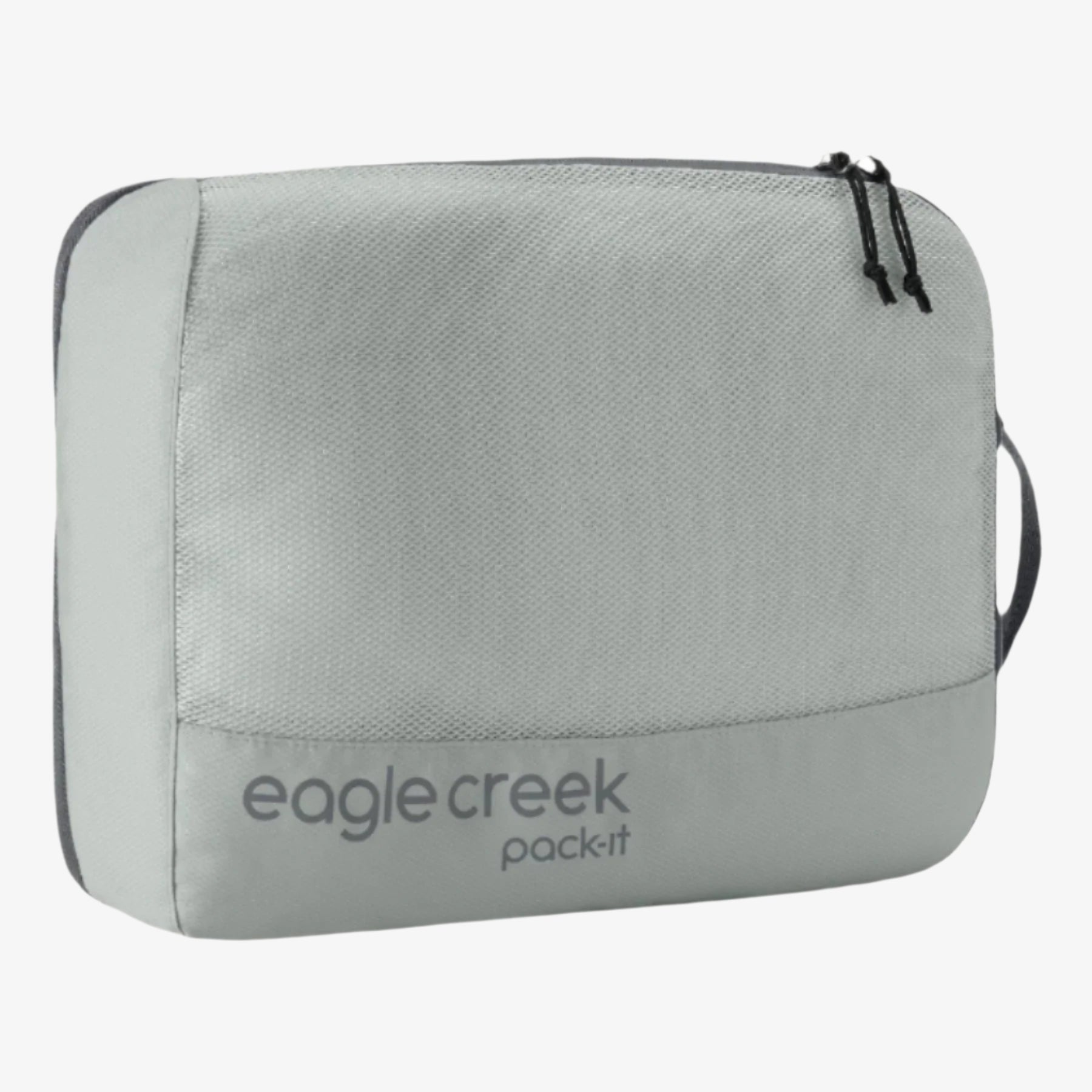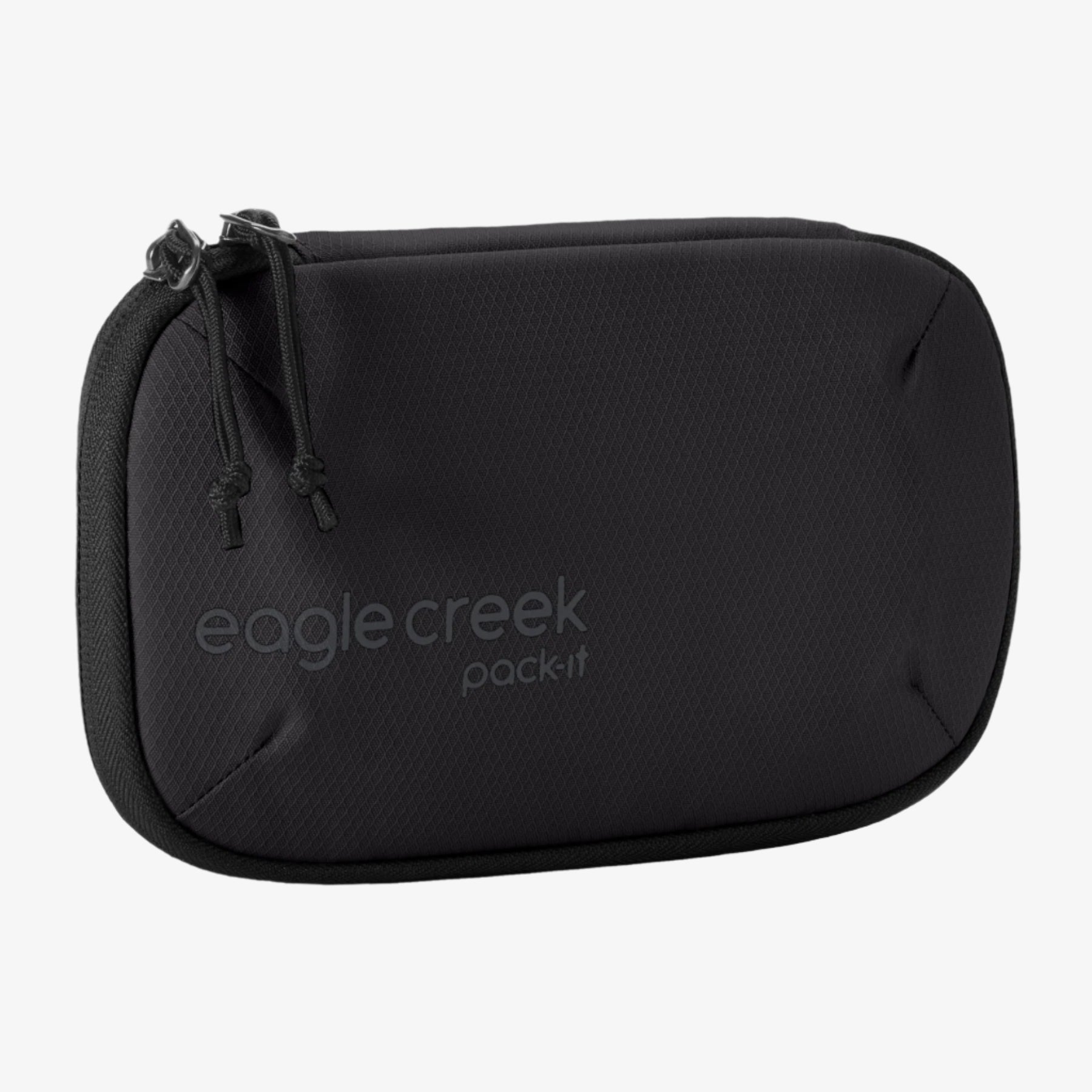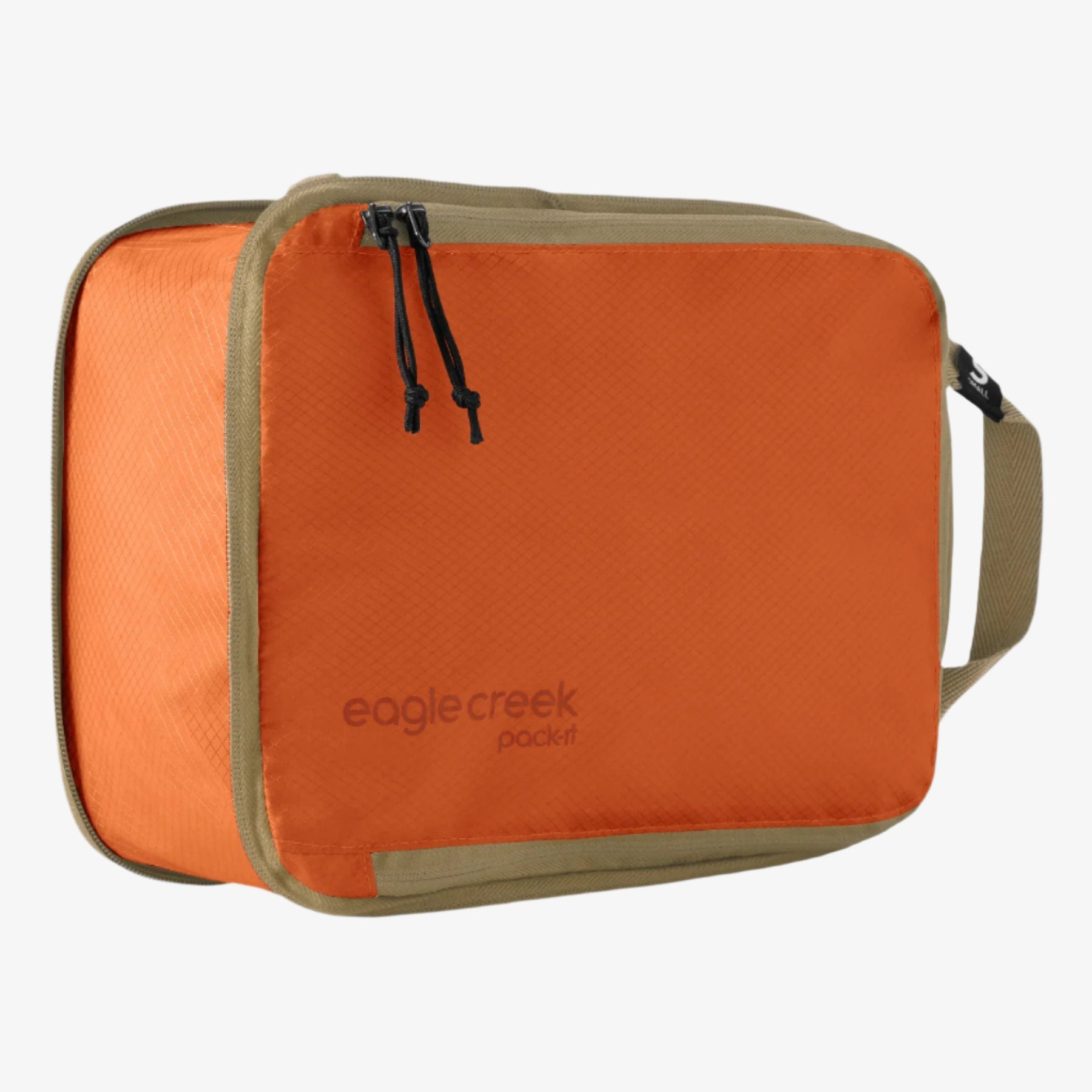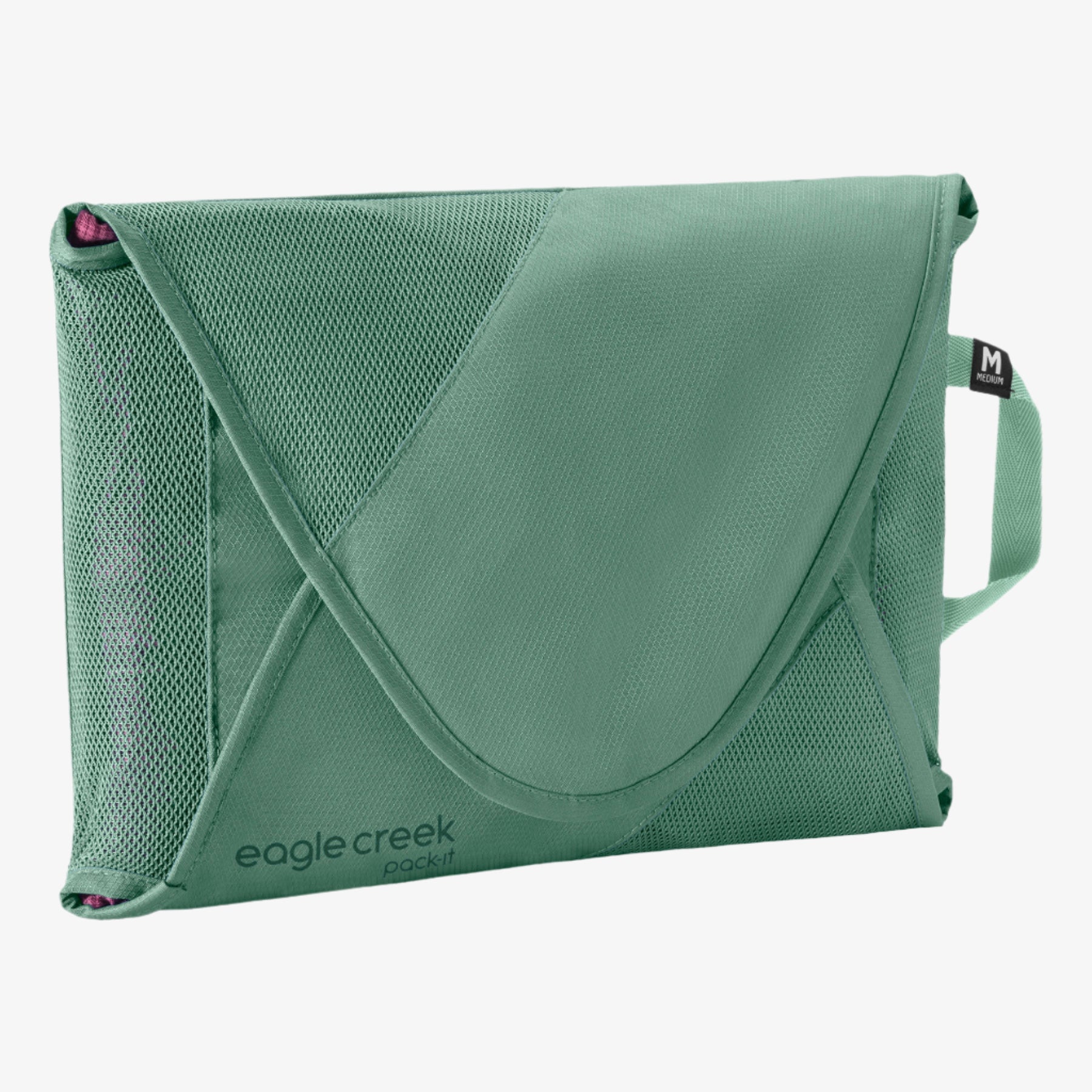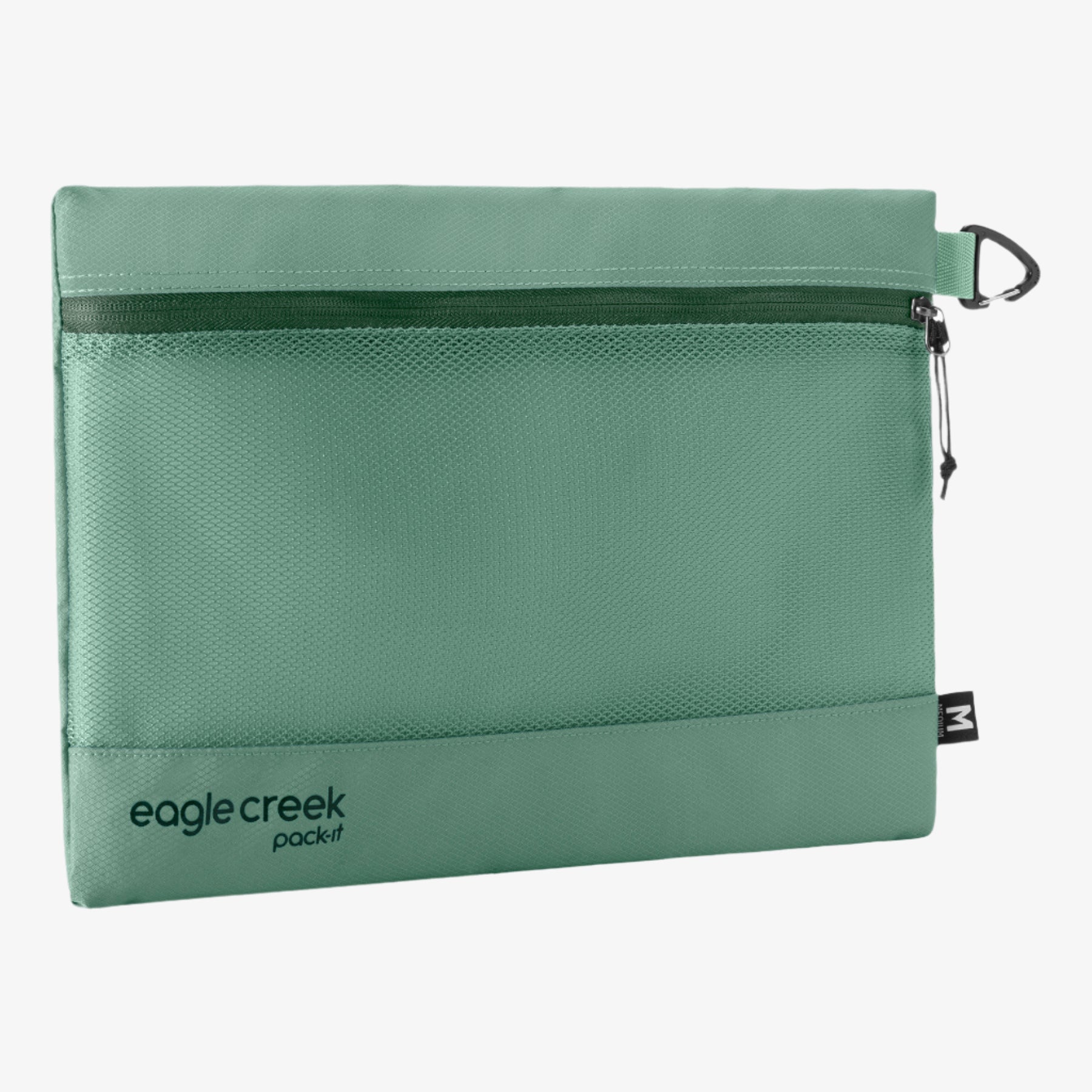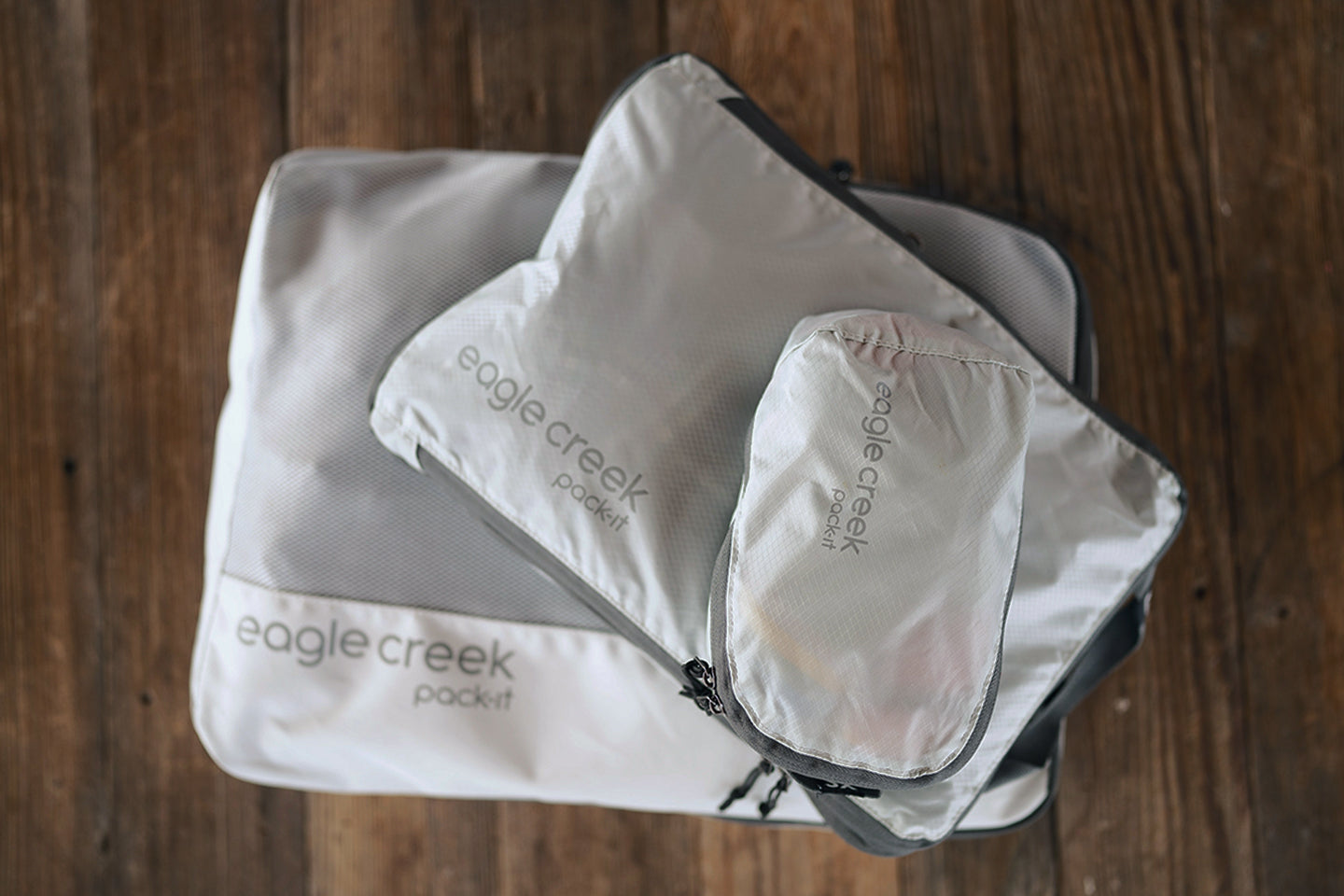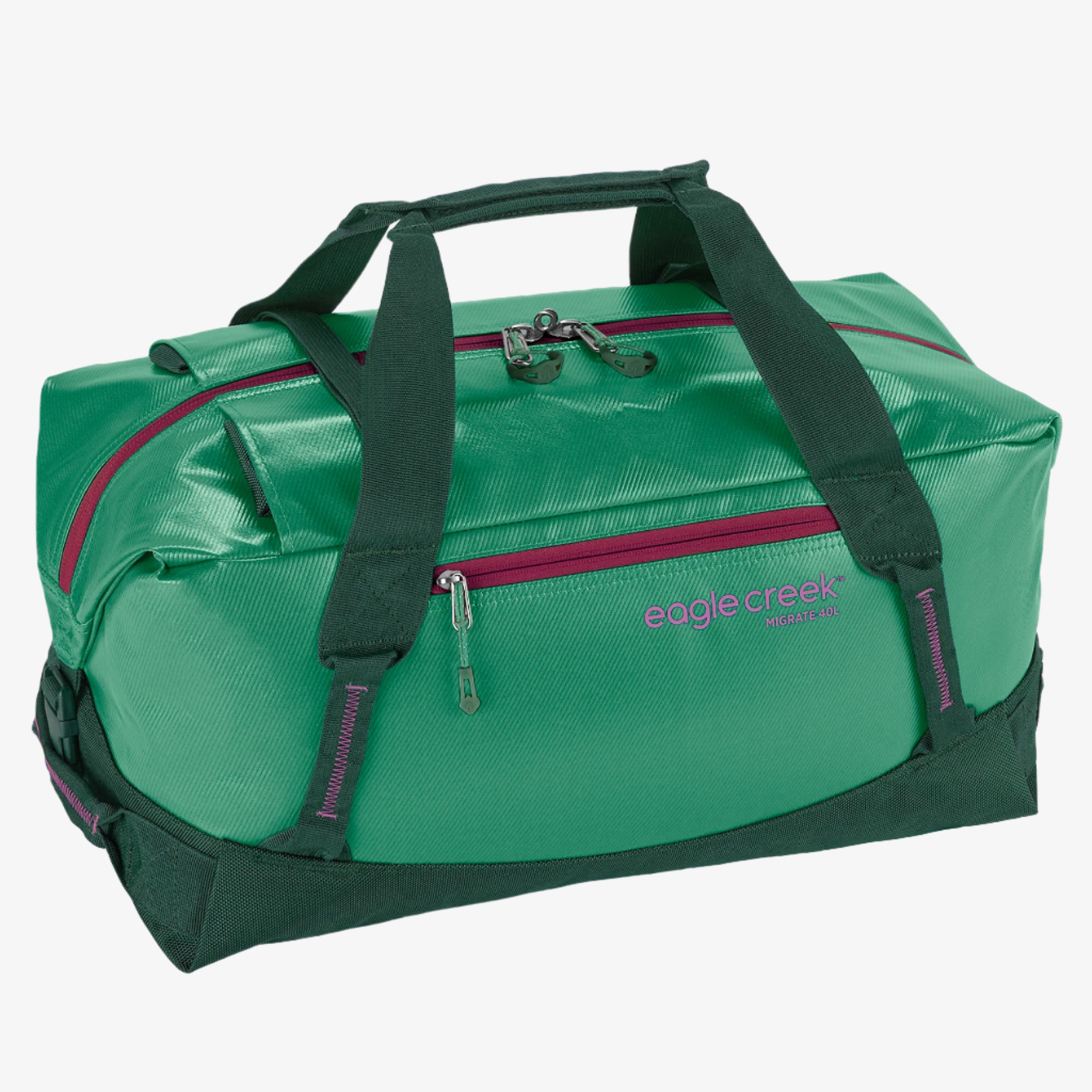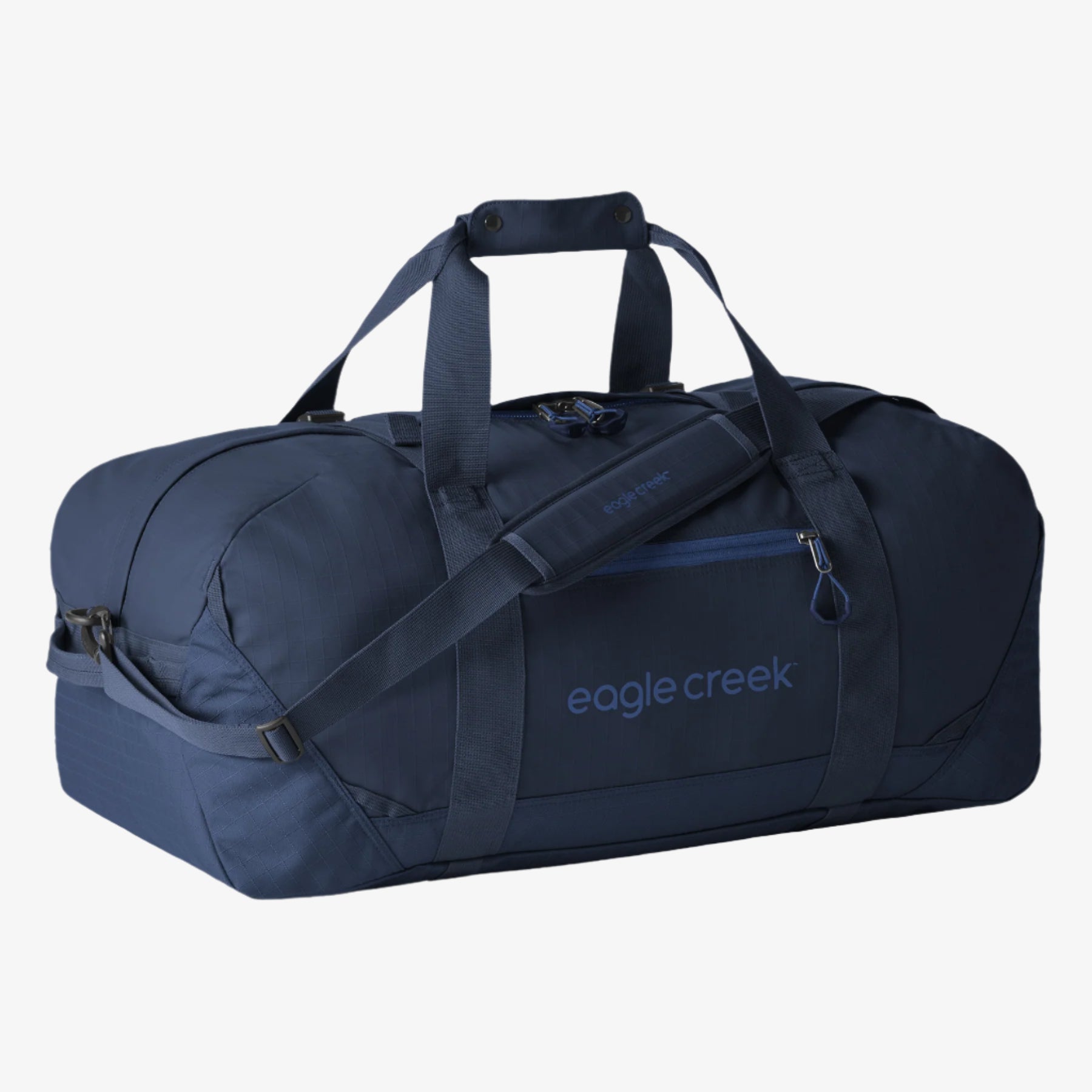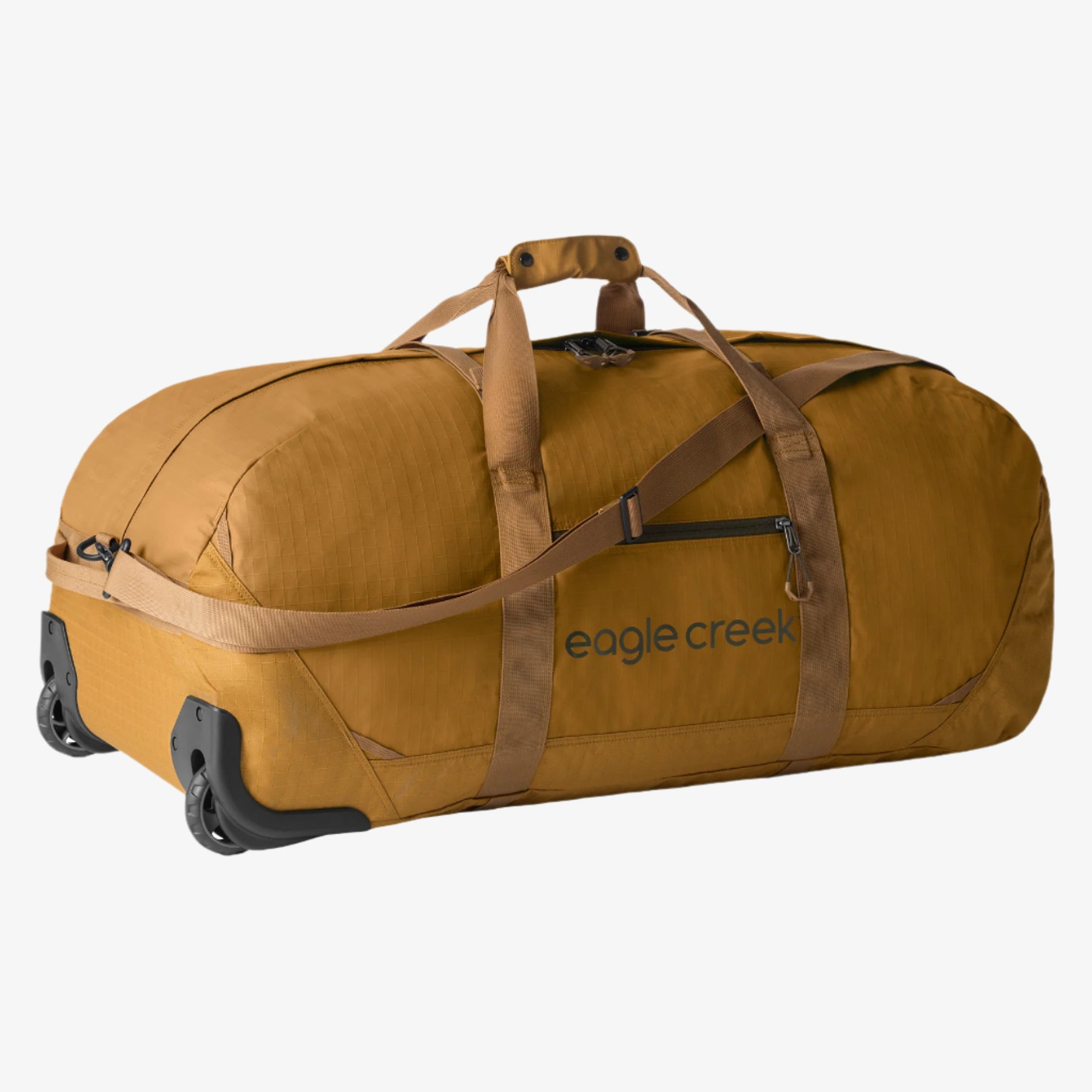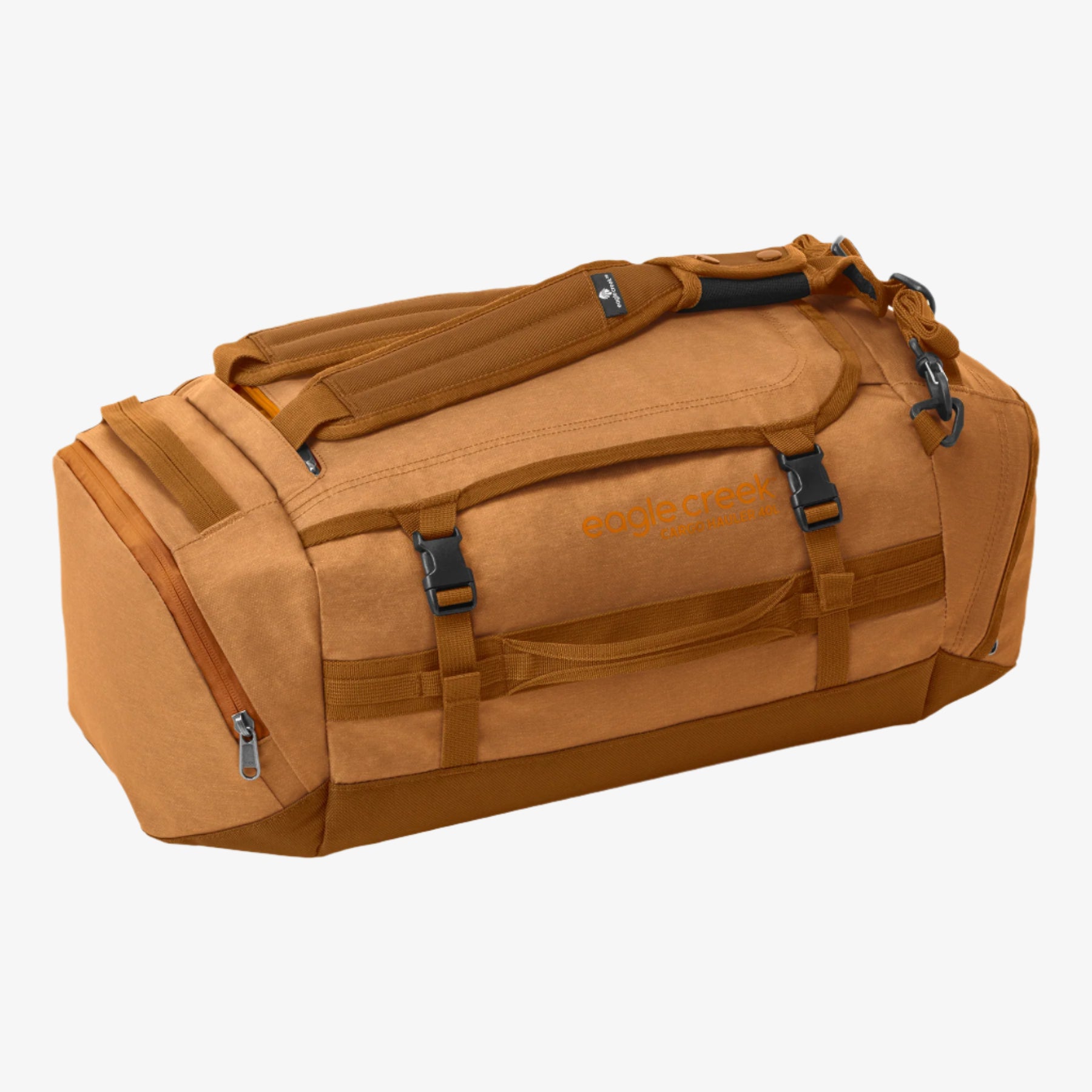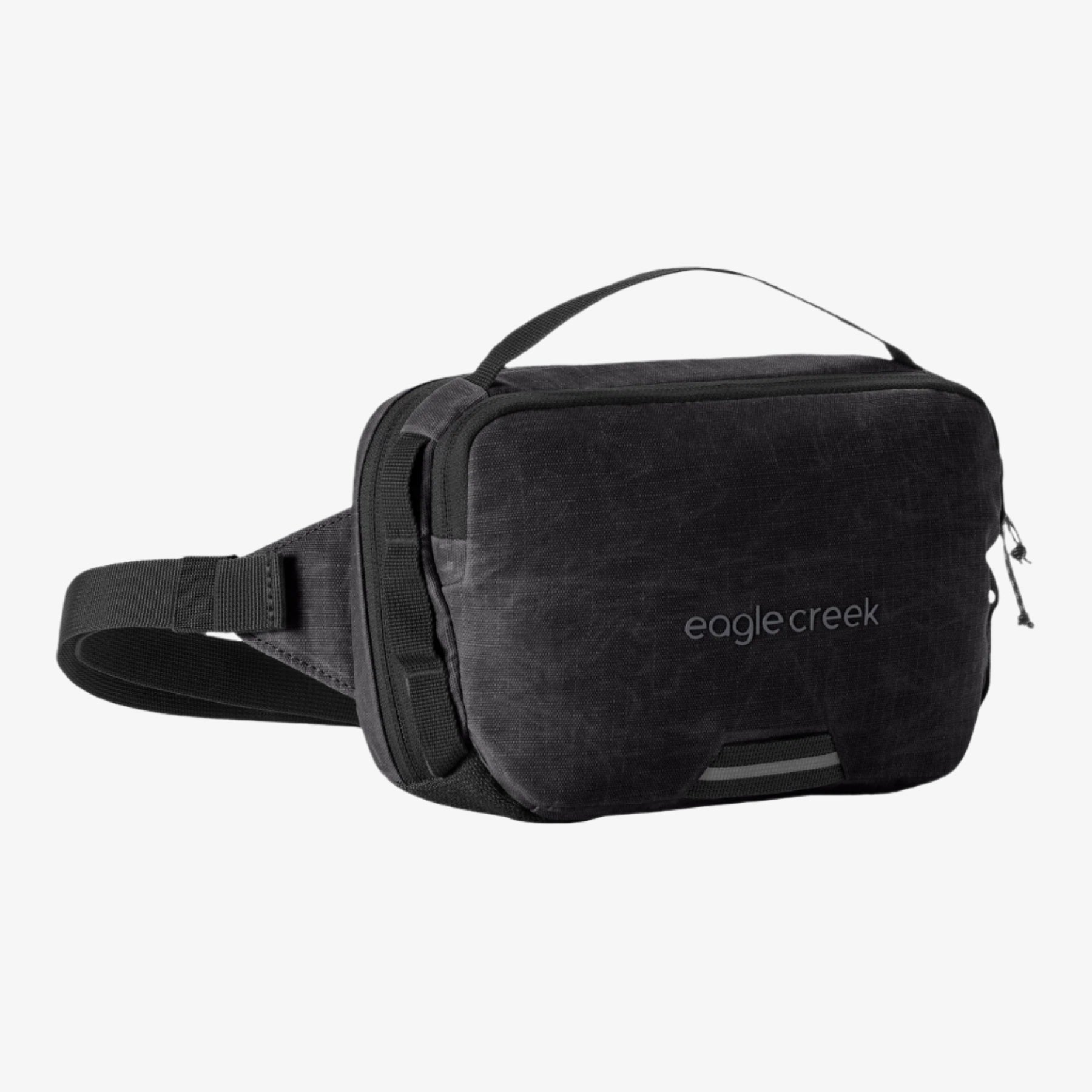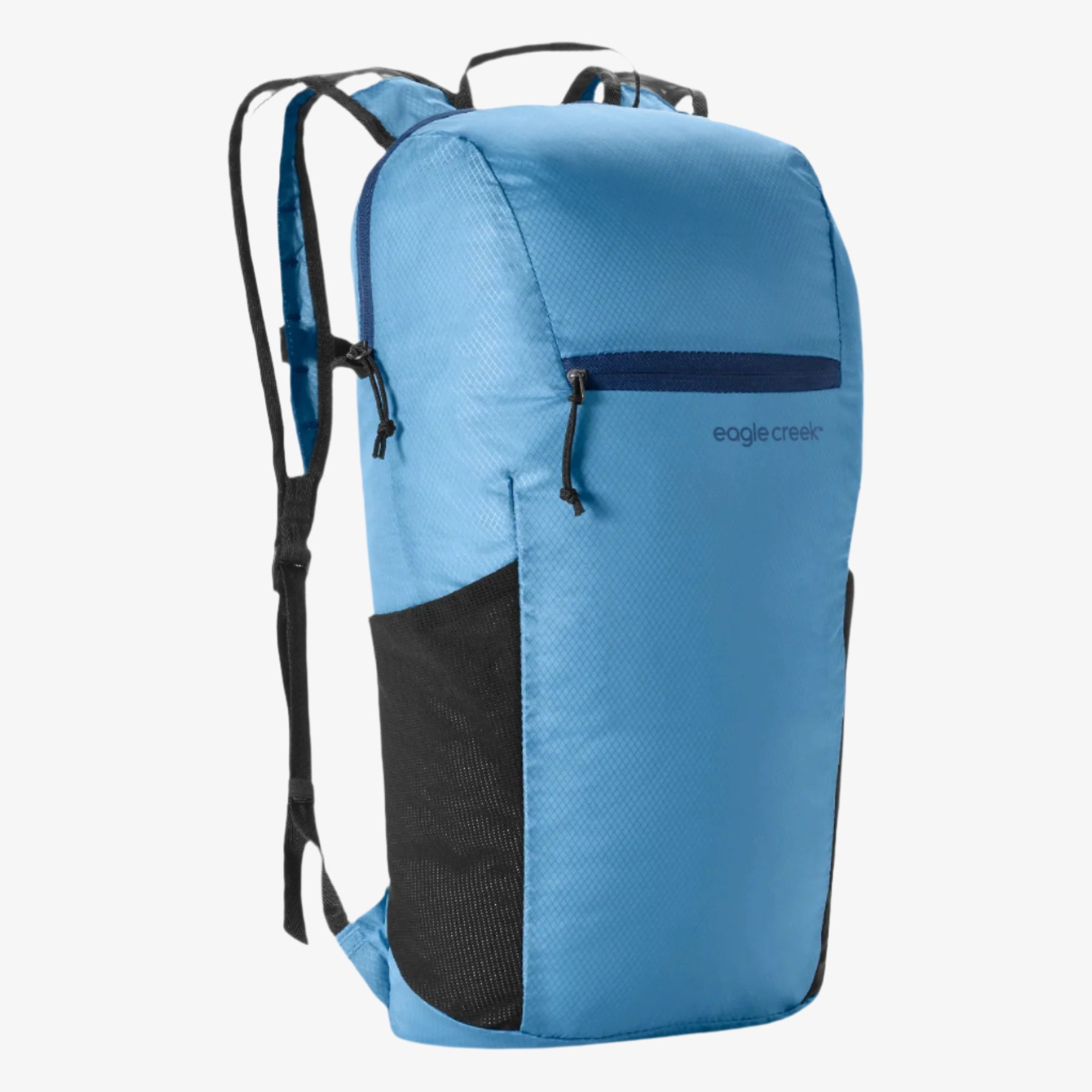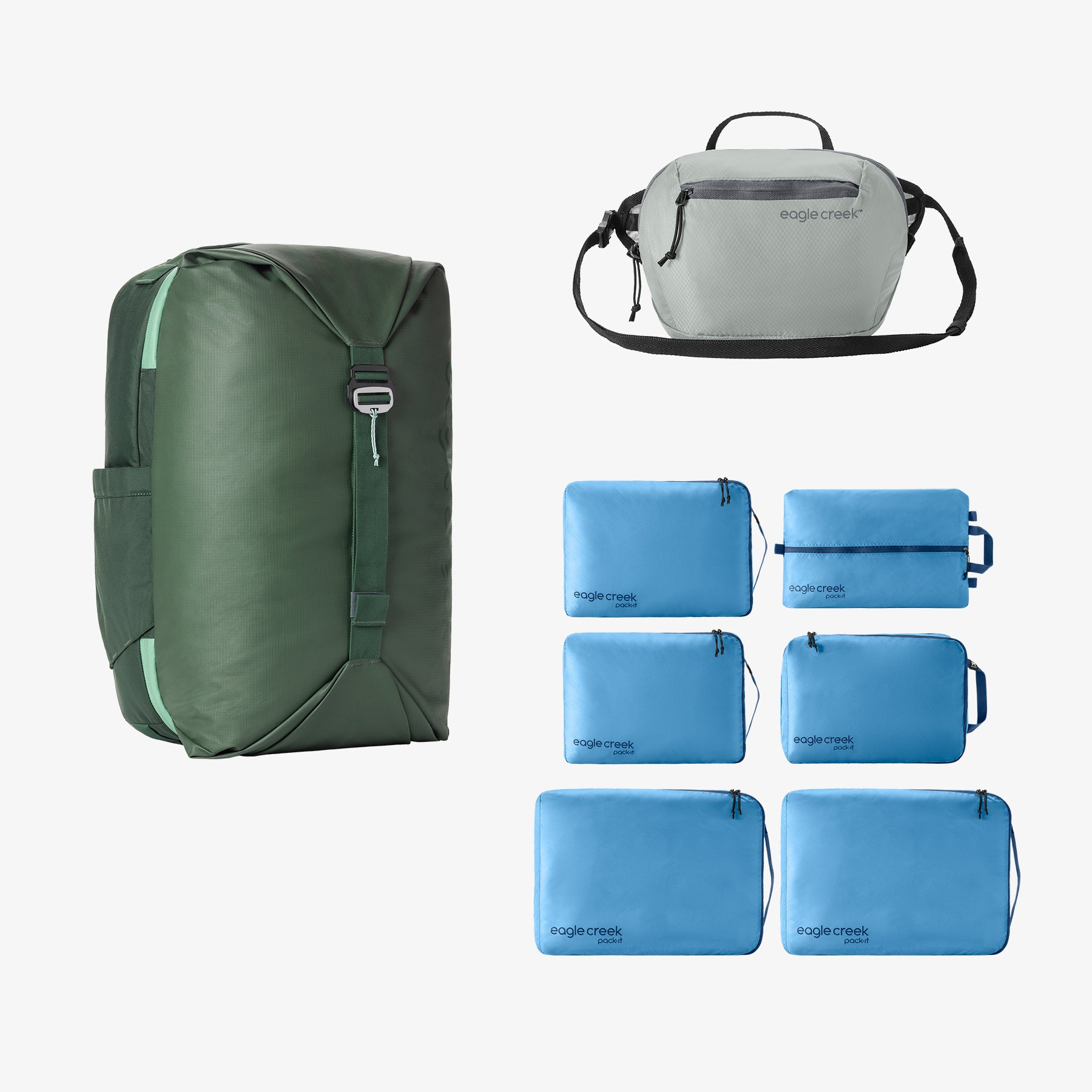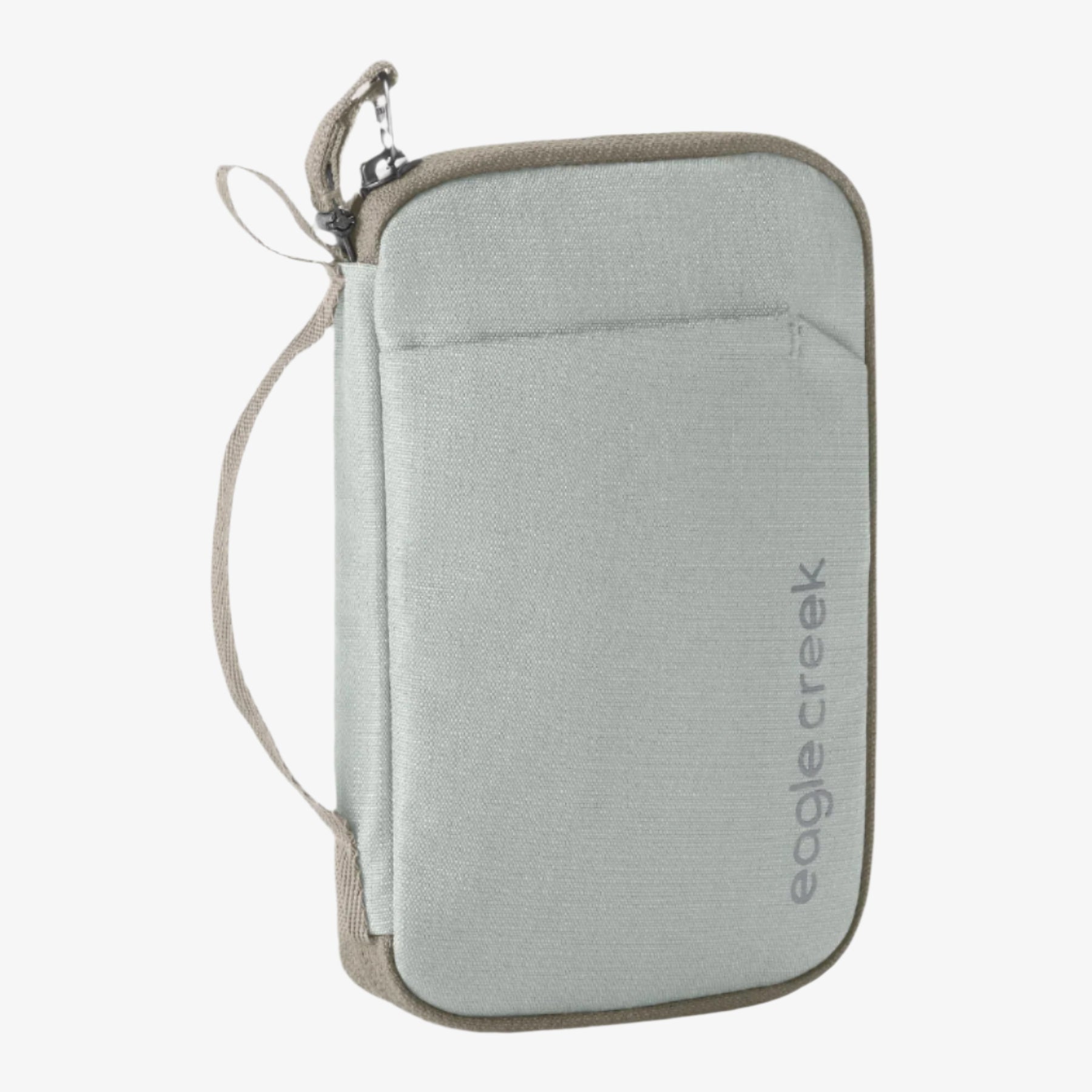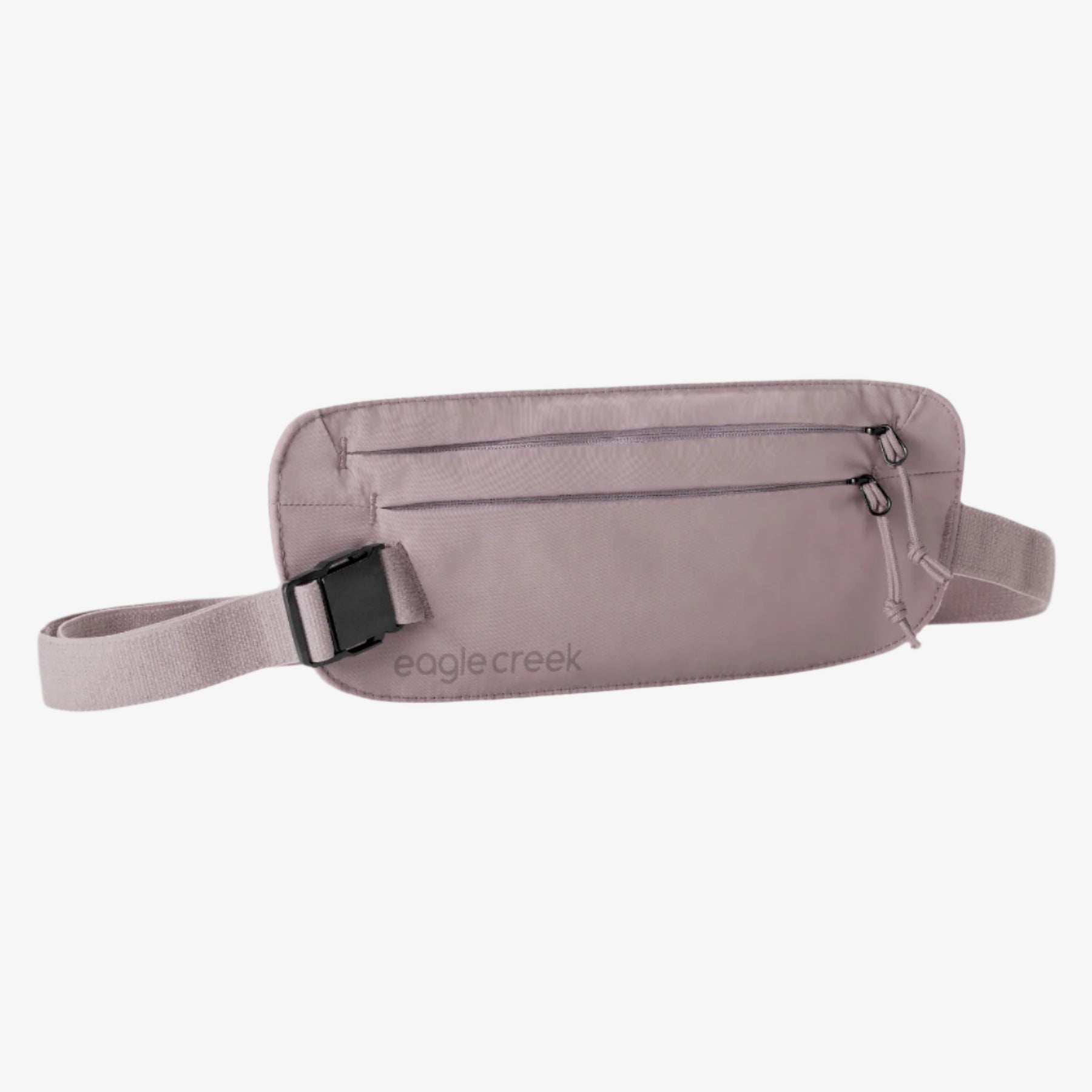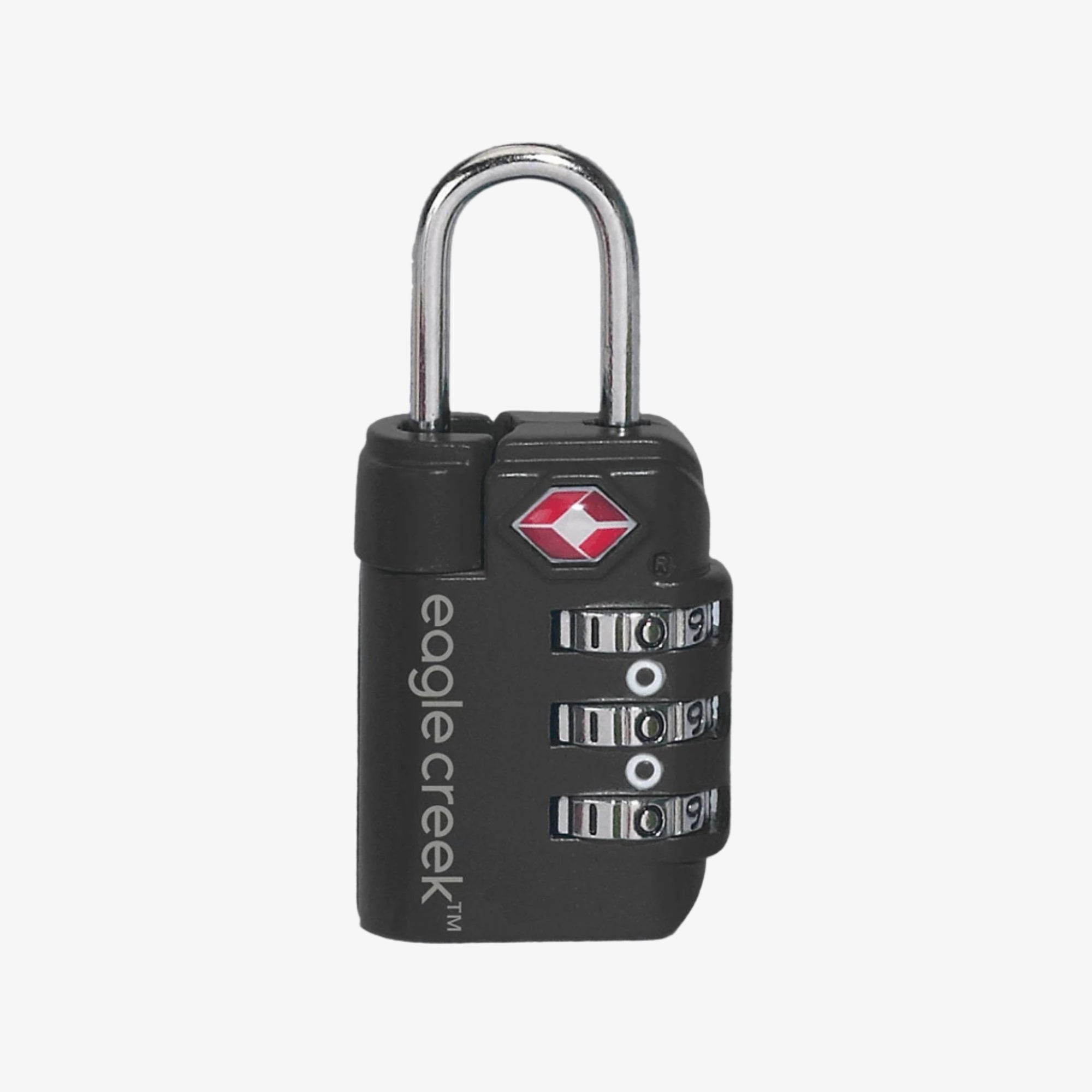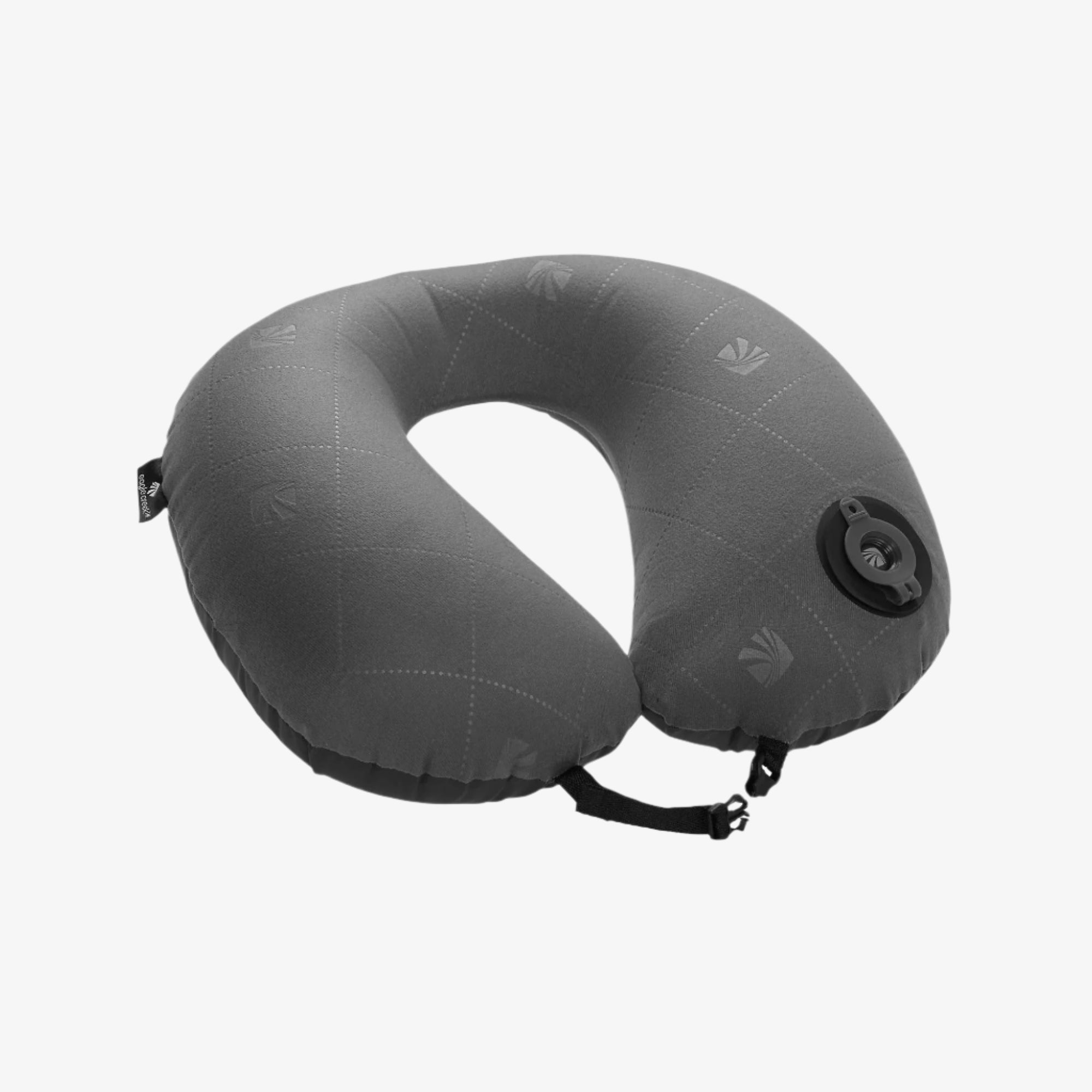
Don’t rent a car when you get to Europe. Trains can get you to your European destination usually faster and, once you understand how they work, virtually stress free.
Planning a trip to Europe and want to visit more than one city? Traveling by train is the way to go. Not only are trains usually faster than cars, but in Europe, they’re comfortable, reliable, and easy to use. Here are six tips that will help you easily get around Europe by train so you can get pack your bags and get on with your big adventure.
1. Research Your Train Itinerary Beforehand
Most Americans have heard about the Eurail pass, a one-ticket pass allowing you to travel on almost all European trains for a fixed price, but that isn’t the only option. Determining if it is the best one for you depends on which European cities you plan to visit. Start by creating an itinerary; then, research which trains service your destinations and the ticket options available.
Almost every country has its own rail system, and some of those rail systems have their own passes. Depending on where you want to go, how many countries you want to visit, the length of your stay and on what days, using national rail systems’ passes might be a better deal than Eurail. Or, you might save even more money by purchasing point-to-point tickets for each destination versus a rail pass.
2. Factor in Fare Discounts
Most European rail systems offer discounts on point-to-point tickets for young passengers, including children ages 4-11, youth ages 12-25, and seniors. You can also save money by purchasing most train tickets in advance and traveling midweek versus the beginning or end of the week or on weekends. Similarly, it’s usually cheaper to travel midday than it is early in the morning or later in the day.
Note, too, that rail passes may have supplementary charges to ride on some express and overnight trains, as well as seat reservation fees, which are mandatory on some trains and worth considering on more popular train routes. (If you’re planning on many overnight train rides, pack all of your essentials in a hanging toiletry kit so you can easily execute your nighttime routine.)
3. Consider Convenience
Cost shouldn’t be the only factor when considering whether to buy a Eueropean rail pass versus individual tickets for each leg of your trip. If you like to be spontaneous but don’t speak the language of the country you are visiting, a rail pass allows you to bypass the ticket booths, where agents may not speak English, and go directly to the train. (On the other hand, if you have a set itinerary, purchasing point-to-point tickets online before you go can accomplish the same thing.)
Rail passes and pre-purchased tickets have another benefit—you don’t have to pull out cash or a card to pay at the ticket booth, minimizing the risk of observant thieves seeing where you store your money in your money belt. Additionally, if you divide your money to make sure it can’t be all stolen at once, you don’t have to dig through personal items and upend your backpack trying to find enough funds.
4. Purchase Train Tickets Before You Go
Whether you plan to use a rail pass or buy point-to-point tickets determines when you’ll have to purchase your tickets. Since it’s difficult to purchase rail passes in Europe, you’ll want to purchase them up to six months before you leave. And, if you plan to travel on trains that sell out—like those on France’s TGV—purchasing a ticket ahead of time is always a good idea.
Purchasing your ticket ahead of time also gives you the luxury of thoroughly researching your options. Rail Europe is a good resource for this. The website is essentially a one-stop shop for European train travel whether you want to purchase rail passes or point-to-point tickets. Have some fun checking out the possibilities for this trip and future ones.
5. Know What to Expect
The day of travel, arrive at the station early, so you have plenty of time to locate your train, train car, and seat. If you’re using a rail pass, you typically have your choice of open seats, but be aware that some train cars allow smoking. Watch for a non-smoking symbol when selecting your car.
Once onboard, keep your luggage in sight and your ticket handy. Point-to-point tickets may be a ticket from the agent, a paper you print at home before you leave, or a barcode on your phone. Rail passes need to be marked with the date of your travel. Be sure to carry your passport with you for identification.
6. Optimize Your Train Travel
With a rail pass, you can hop on and off the train whenever you want within the parameters of your ticket. Point-to-point tickets give you some of the same flexibility. For example, if you are traveling from Munich to London, you can get off the train before you reach London for lunch and resume your travels on a later train.
Let a ticketing agent know your intentions before you board to make sure there are no restrictions or time limits to complete your trip, and when the train conductor asks to see your ticket, let them know your intentions so they don’t read or punch your ticket.
Don’t forget to use an easy five-step system to pack your bags for Europe !
While Eagle Creek is here to provide tips and insights on travel, we cannot accept any responsibility for any potential consequences arising from the use of this information. Always conduct your own research and use your best judgment.
Related Links (from Eagle Creek blog):
3 Easy Steps to Achieve Your Goal to Travel More


